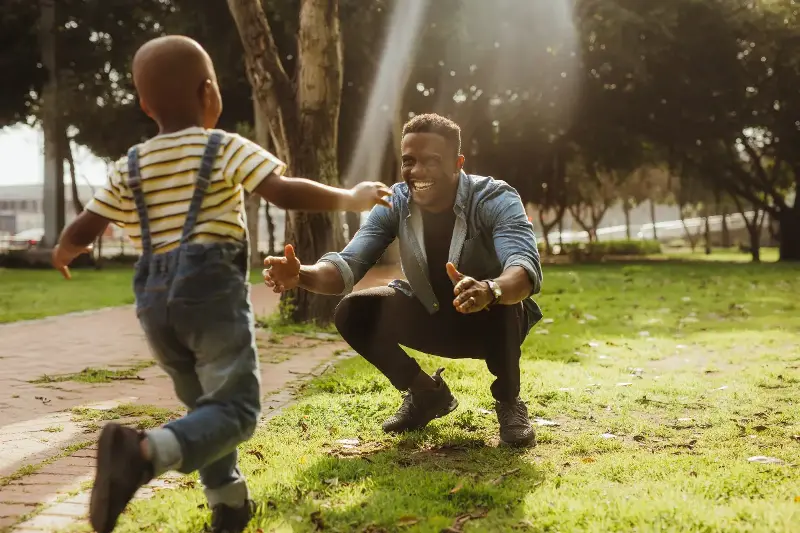Children thrive on the emotional signals that come from their parents and caregivers. At the heart of this interaction is “positive attention”—the focused, warm, and appreciative notice you give your child. Far more than fleeting praise, positive attention forms the bedrock of a child’s developing self-esteem and overall happiness. But how exactly does this work on a scientific level, and why is it so potent in shaping a child’s confidence? Let’s dive into the fascinating mechanics behind this simple yet transformative parenting tool.

The Brain’s Response to Positive Focus
Brains are hardwired for connection, especially in early childhood. When a parent smiles, uses gentle words, and makes eye contact, a child’s brain releases oxytocin—sometimes called the “love hormone.” This powerful chemical:
- Builds trust and fosters a sense of security
- Directly reduces anxiety by lowering cortisol levels (the stress hormone)
- Strengthens neural pathways associated with self-worth
Imagine a child hearing, “I love how you shared your toys today!”—their brain sparkles with delight, wiring itself for healthy self-recognition.
Studies using brain imaging reveal that children who regularly receive genuine, specific positive attention display heightened activity in areas tied to motivation and joy. This isn’t superficial; it's actual biological wiring being laid down that supports confidence for years to come.
From Behaviour to Belief: The Ripple Effect of Noticing the Good
Not all attention is created equal. While any form of engagement shapes a child, positive attention works uniquely by encouraging a sense of visibility and valuation. According to social learning theory, what is noticed and reinforced tends to be repeated. When parents focus on constructive behaviours, children quickly learn two vital lessons:
- My effort is meaningful and noticed
- Good behaviour and trying my best bring connection and positive feelings
This makes positive attention much more effective than criticism or even constant correction. For example, if a child is frequently scolded for mistakes but rarely spotlighted for kind actions, their belief in their abilities may wilt. On the other hand, consistent recognition for effort and kindness helps them internalise the message: “I am capable, and my actions make a difference.”

Practical Ways to Give Positive Attention—And Why It Works
You do not need grand gestures to practise positive attention; the smallest, everyday actions create lasting impact. The key is to:
- Be specific: “You put your shoes away so neatly!” instead of a generic “Good job!”
- Use eye contact and smiles to reinforce your words
- Get down to their level—physically and emotionally—so your child feels you are truly present
- Celebrate progress, not perfection: “You tried tying your laces, and that’s wonderful!” even if they’re not quite there yet
These approaches send micro-messages of worth and encouragement that slowly build a resilient, optimistic mindset.
The Hidden Power: Preventing Negative Cycles
Sometimes, parents mistakenly believe attention must be “earned.” Yet, neuroscientific studies show that lack of positive attention often leaves children craving connection—sometimes leading them to act out simply to receive any kind of engagement.
Here’s what can happen when positive attention is lacking:
- Increased anxiety and uncertainty about self-worth
- Greater likelihood of negative attention-seeking behaviours
- Heightened reactivity to criticism or perceived rejection
By choosing positive attention as a preventive tool, you interrupt this cycle before it begins, anchoring your child in emotional safety.

Shaping Tomorrow’s Self-Image—Today
The effects of positive attention stretch far beyond the present moment; they echo into adolescence and adulthood. Adults who recall consistent, supportive attention in childhood exhibit:
- Higher self-acceptance
- Stronger social skills and relationships
- Greater resilience in the face of setbacks
Think of positive attention as an invisible shield—a reserve of emotional strength your child will draw upon when life inevitably gets tough. It’s a gift that outlasts any single compliment or hug.
Ultimately, the secret isn’t about perfect parenting; it’s about being mindfully present, routinely highlighting the goodness you see in your child. Each moment of positive attention is like a drop of water nurturing the seeds of lifelong confidence and happiness.
What new patterns might emerge in your family if you lent more attention to the bright spots each day? The possibilities for joy and growth are as endless as your willingness to see your child’s brightest self.
